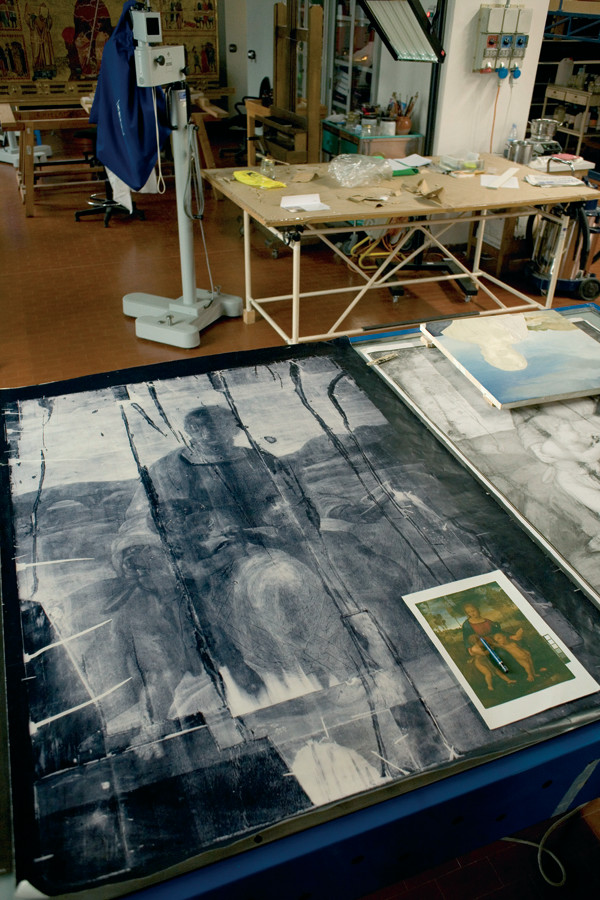The Treasures of the Opificio delle Pietre Dure
On 29 February, open doors inside one of the most magical places of art and restoration in the world, with a view of the treasures to be restored
The Opificio delle Pietre Dure e Laboratori di Restauro is not on the average visitor’s Florence radar. And yet without it, we would be unable to admire Renaissance masterpieces like Rafaello’s Madonna del Cardellino or Mantegna’s Pala di San Zeno in all their glory: for it is the Opificio and its team of world-class restorers that are responsible for preserving such priceless works of art.
The Opificio was founded in 1588 by Ferdinando I de’ Medici as an artistic workshop specialising in gemstones – hence its full name (pietre dure means ‘hard stones’ or ‘gemstones’). It survived the crisis caused by the end of the Tuscan Grand Duchy, one of its principal patrons, by expanding into the field of restoration, a discipline that was being discovered all over Europe as national identity and the preservation of artistic heritage became intertwined.
 restorer at work
restorer at workThese days, the Opificio is backed up in its work by the Gabinetto Restauri (Restoration Laboratory) of Florence’s municipal heritage department, the Soprintendenza delle Belle Arti di Firenze. Italy’s first modern restoration laboratory, the Gabinetto Restauri was founded in 1932 by Ugo Procacci with the aim of applying scientific methods, including preliminary X-ray scans of works to be restored.
Nowadays the Opificio delle Pietre Dure is one of the world’s most important restoration workshops. It operates out of three different buildings in Florence.
 The Opificio delle Pietre Dure's secret restoration laboratory
The Opificio delle Pietre Dure's secret restoration laboratoryIn its original headquarters in via degli Alfani, work is carried out on headstones, mosaics, gemstones, ceramics, bronzes and antique weapons. Over at Fortezza da Basso, where the Opificio moved its main workshops after the terrible flood of 1966, is the laboratory dedicated to the restoration of paintings on wood and canvas, polychrome wood sculptures, fabric, paper and frescoes.
The restoration of tapestries is carried out in the Sala delle Bandiere in Palazzo Vecchio.
The life and times of the Opificio are documented in its museum in via degli Alfani, which was renovated in 1995 by Adolfo Natalini. Curated by Anna Maria Giusti, the collection illustrates the entire process of restoration, from the initial commission to the completed work. The main hall houses examples of the restorers’ art from the period of the Medici and Lorraine Grand Dukes while works dating from the post-Unification years (after 1860) are to be found in the nineteenth-century rooms. On the upper floor, the main hall is dedicated to restoration techniques and the tools of the trade, from headstone samples to work benches and the implements and utensils applied to specific jobs.
 The world's greatest masterpieces of art are restored right here
The world's greatest masterpieces of art are restored right hereIn the same building is a library and the specialised restoration school – one of the most prestigious of its kind anywhere. The Opificio’s annual OPD Restauro magazine covers every aspect of restoration, with contributions from experts in the field.
 an unpublished image of restoration
an unpublished image of restoration The museum is open from Monday to Saturday 8.15am-2pm, with opening extended until 7pm on Thursdays and the first and third Tuesday of the month (more information at www.firenzemusei.it). The Opificio laboratories can be visited by interested groups (maximum 20), on guided tours led by the restorers themselves. For more information, see www.opificiodellepietredure.it, or call +39 055 210102.










